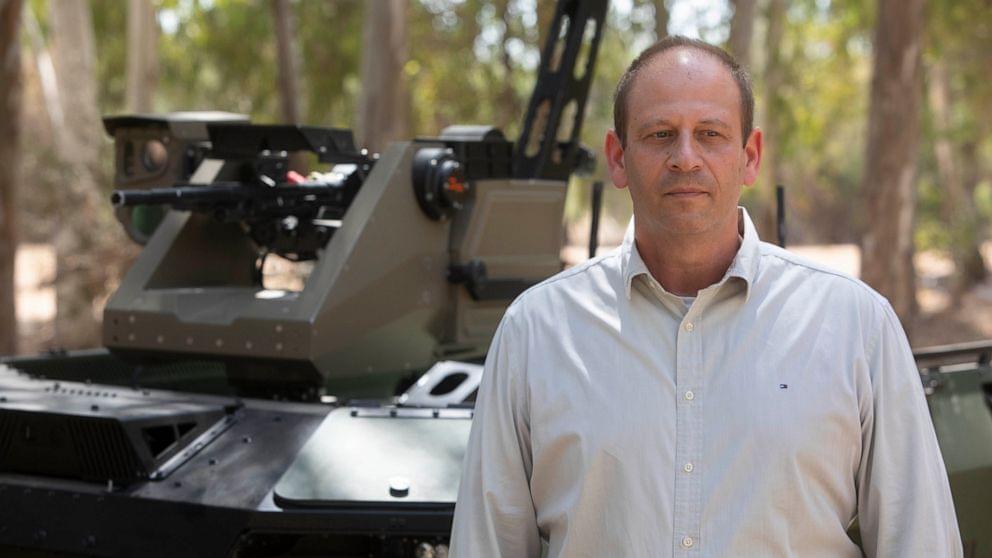A Shortfall of Gravitas: SpaceX’s new drone ship detailed
The ship supported its first mission on August 29. This was the 23rd Commercial Resupply Services mission, the latest in a series of launches for NASA that sends cargo to the International Space Station.
A Shortfall of Gravitas is a notable upgrade over previous ships. SpaceX explained during the mission launch livestream that it improves over its predecessors with a fully autonomous operation procedure. That means it can travel to sea, find its position, receive the rocket, grab the rocket with the “octograbber” robot and return it to land — all autonomously.






